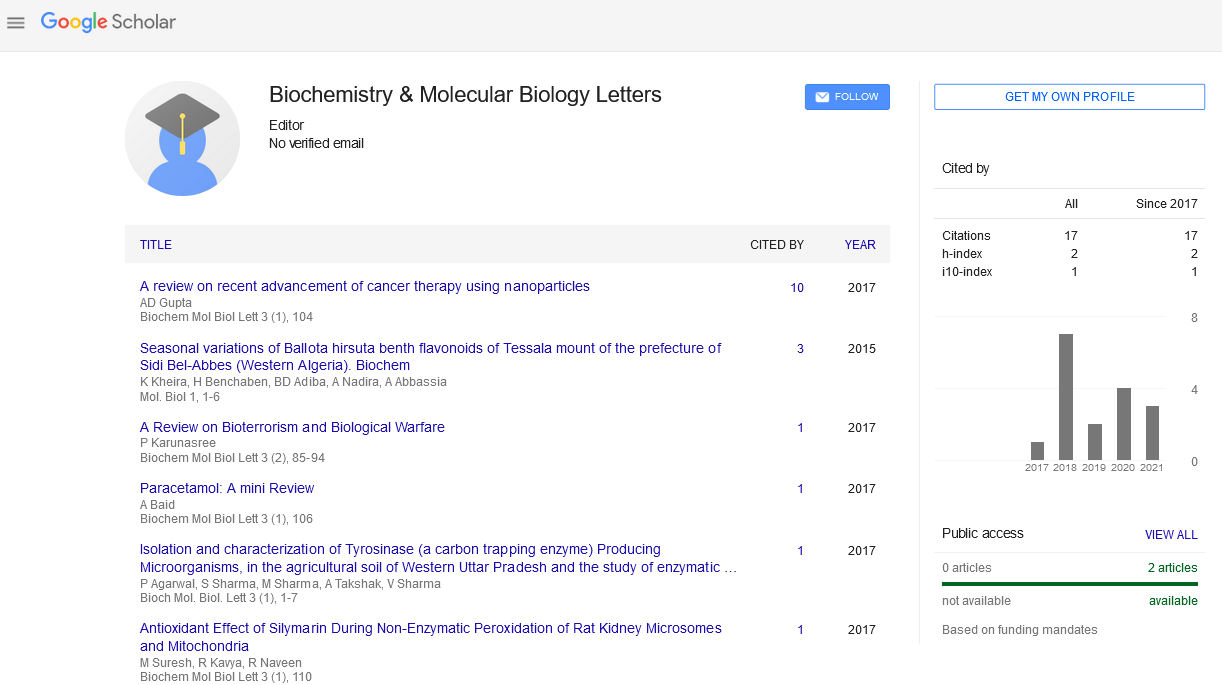Abstract
An Optimal Strategy of Aircraft Turnaround Time for Passenger Boarding
Author(s): Fred BarezAirline passenger boarding is generally time consuming and not a pleasant experience for passengers and costly for airlines. Airlines lose money due to inefficiency in plane boarding as they like to have their planes in the air in the minimum possible time. In order to accelerate the boarding process, turnaround time of passenger boarding (TAT passenger boarding) simulations are carried out to improve this process. The turnaround time (TAT) is defined as the time required for an aircraft on the ground to be prepared for the departure from its arrival time at the gate. Based on the number of passengers, arrival rate, passenger boarding sequence, and aircraft type, various boarding strategies are employed by airlines to reduce TAT passenger boarding. These strategies could be as random, outside-in, back-to-front, block boarding, Steffen and two-entry boarding. Moreover there is combination of any these strategies such as outside-in and back-to-front. Despite these strategies, TAT is still a bottleneck in bringing the passengers to their seats and getting the plane to take-off in an efficient time.
There are some studies to optimize boarding strategy with the minimum TAT passenger boarding and a reliable predictability of duration time. One study mentions TAT passenger boarding with the interferences between passengers. The results recommend a lower number of interferences happen when the neighboring passengers accommodate to board together. In another study, the analyses show that the needed time to place the baggage depends on the occurrence of seats and aisle interference. It is suggested the use of jetways as a new strategy for boarding passengers.

